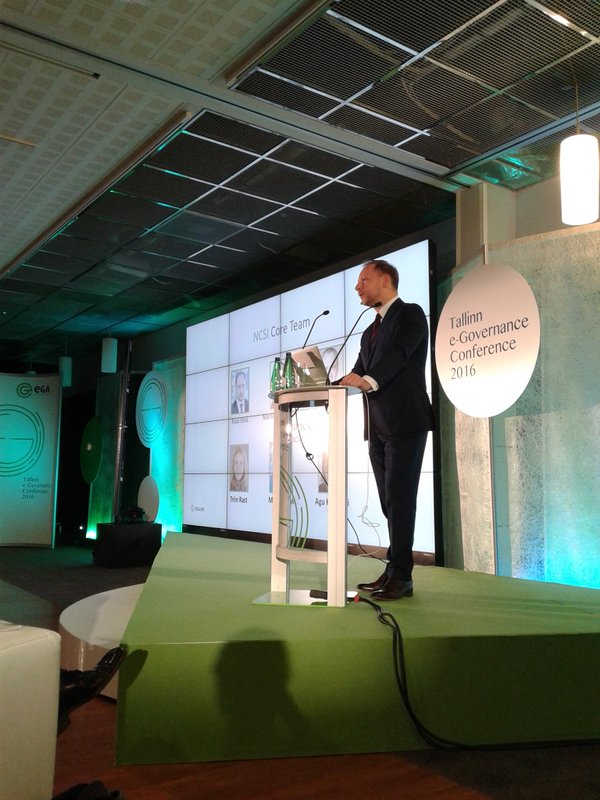
The cyber security index helps increase the cyber security of states
The e-Governance Academy will present the National Cyber Security Index (NCSI) at the Tallinn e-Governance Conference on 31 May. The index measures the level of cyber security of countries and defines the fields for the development of cyber security. It also gives an overview of the preparedness of countries to prevent cyber attacks and crime, and to manage them.
According to Foreign Minister Marina Kaljurand, cyber security has become a security guarantee for countries in the 21st century. “In the interests of international and national cyber security, we have to use every opportunity to increase the cyber security capacities of countries,” said Kaljurand at the introduction of the index. “It is in the interests of both governments and the public. The index is yet another contribution made by Estonia to increasing security in cyber space.”
The index can be viewed online at nsci.ega.ee. The leader of the team that developed the index is Head of National Cyber Security Domain Raul Rikk, who says that the index is a web-based platform that is being further developed in association with other countries. “Every country that joins the index increases its value and our joint security,” said Raul Rikk.
The incentive to develop the National Cyber Security Index came from the consultations that Rikk had with governments over a period of several years. “Until now, countries have been ranked in terms of cyber security by the ITU cyber security index alone.” said Rikk. “We have developed an alternative approach. We made the scoring system transparent so that countries can see what their score is based on. We added proof in the form of official web links or documents to all indicators. The index therefore shows what states can do to improve their cyber security. Second, we have tied cyber security to such information society indicators as e-identity, digital signature and the existence of a secure environment for e-services.”
The index consists of 12 main indicators, which are divided into four groups: 1) General Cyber Security Indicators, 2) Baseline Cyber Security Indicators, 3) Incident and Crisis Management Indicators, and 4) International Incident Indicators. The 12 main indicators have several sub-indicators and aspects that can be measured in points. The highest possible point score is 100.
The National Cyber Security Index was developed by a team of cyber security experts, which consisted of: Raul Rikk, Markko Künnapu, Priit Roosimägi, Agu Kivimägi, Mari Pedak and Triin Rast. Many other Estonian cyber security experts from various institutions, organisations and companies were also involved. The development of the index is being financed by the Estonian Foreign Ministry.
International cyber security indexes:
National Cyber Security Index (NCSI) – the index developed by the e-Governance Academy for governments to allow them to prevent and manage cyber attacks and crime, http://www.ncsi.ega.ee.
Global Cyber Security Index (GCSI) – an index developed by the International Telecommunication Union (ITU), http://www.itu.int/en/ITU-D/Cybersecurity/Pages/GCI.aspx.
















